
Acrylic – Richard Duarte Brown 2009
Originally published in The Catholic Times, March 11,2018
One of the scribes came to Jesus and asked him, “Which is the first of all the commandments?” Jesus replied, “The first is this: Hear, O Israel! The Lord our God is Lord alone! You shall love the Lord your God with all your heart, with all your soul, with all your mind, and with all your strength. The second is this: You shall love your neighbor as yourself. There is no other commandment greater than these.” Mk 12, 29-31
For Jesus, it’s all about love. Love of God. Love of self. Love of neighbor. When asked which commandment is the greatest, Jesus quotes from Hebrew Scriptures. First from Deuteronomy, proclaiming that God is one and that love of God is the most important “law” in one’s life. Then from Leviticus, Jesus quotes from a long list of commands given by God to Moses and says “You shall love your neighbor as yourself” is the second great commandment.
There is it. Love. Nothing else is more important. Matthew’s gospel includes Jesus saying that “The whole law and the prophets depend on these two commandments. It all boils down to love.
Of the three, I wonder if “loving self” might be the most difficult. It isn’t easy. And as Jesus knew, when we can’t love ourselves, loving anyone else is close to impossible. That tiny phrase “as yourself” carries a lot of weight.
Most of us are aware of our faults. We can become preoccupied with them and tied up in minutia, focusing on what’s wrong with ourselves and with others. We forget about love and end up fixated on rules, who’s keeping them and who’s not. We can even believe that God’s keeping score as we struggle through life. It’s easier than tackling “Love.”
Recently I spent an evening with a small group of women who had been gathering at one another’s homes for decades. Being mothers brought them together. Now grandmothers, they still meet, supporting one another and engaging with invited speakers. That night, I was the speaker, and our topic was “compassion.”
What struck me during our time together was that no matter how insignificant moments of love might seem, they never are. Encounters with Love are always transforming.
Once when I was about ten, I remember telling my mother she was “the worst mom in the world” and storming off to vent to her mother, who had always lived with us. I can’t remember what triggered my anger. (Mom was one of the best!) I do remember my Grandmother’s response.
She listened as I recounted my grievances. She didn’t interrupt or try to correct me. No lecture. No defense of Mom. After a pause she smiled and asked if I’d like to play a game of Canasta.
That was it. Love and healing came not with flash but with a game of cards. I couldn’t have worded it then, but her invitation said volumes about me being ok, someone she’d like to spend time with. Someone who was hurt and needed nothing more (or less) than graceful Presence.
In the scheme of things, barely a drop in the bucket. But love is never small. Once received, it changes the giver, the receiver, and ripples out.
I thought of my friend, a “missionary of Presence” in a small village in the Guatemalan rainforest. Her December newsletter recounts the transformation of women who were stigmatized by being alone, abandoned by their husbands, and left to provide for their families. She gave physical assistance but realized they needed more.
So they gather twice a month, read scripture, pray, share their stories, weep, and laugh. They know they are somebody. They are loved and now have more love to give away.
Love is powerful, but not easy. One woman in the small gathering I had been asked to attend made that point with a question. The Parkland school shooting had occurred just days before. “Do we have to show compassion to the shooter?” Silence. Then a number of voices said “Yes.”
With Love there are no exceptions. Such inclusive Love is hard to take. We’d rather draw lines, “them” on one side, “us” on the other. In some cases, it seems the reasonable thing to do. But God doesn’t see our lines. No one is beyond God’s embrace. Not our fault-filled selves, not those we close out, not the shooter.
By ourselves, we can’t be such love in a world that’s aching for it. With God’s love transforming us from the inside out, we can. After all, it’s God’s love we’re sharing.
© 2018 Mary van Balen


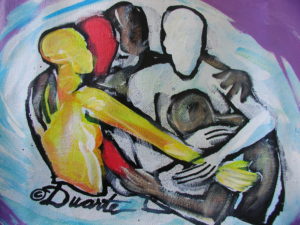

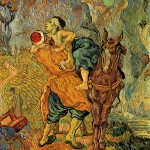
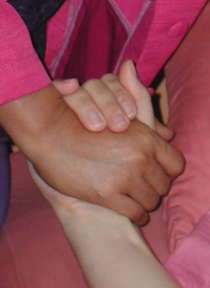 I heard him say that whatever we do to the least among us, we do to him. And when it came right down to it, when someone asked him what was most important, he had two things to say: Love God. Love your neighbor as yourself.
I heard him say that whatever we do to the least among us, we do to him. And when it came right down to it, when someone asked him what was most important, he had two things to say: Love God. Love your neighbor as yourself.
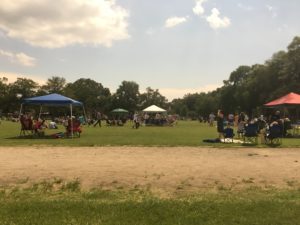
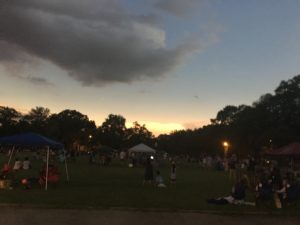
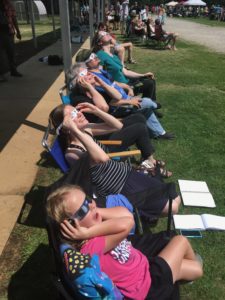


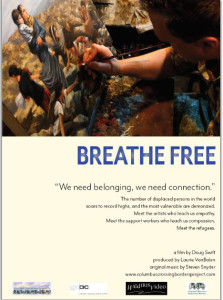
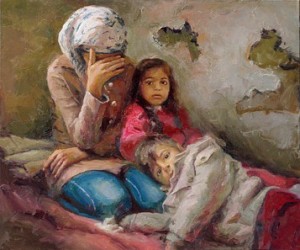
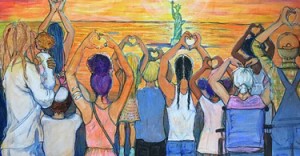
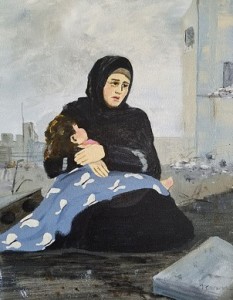

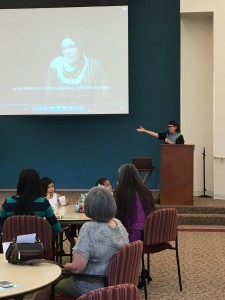
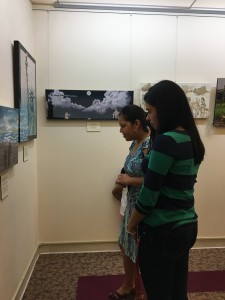
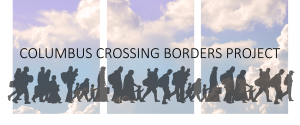

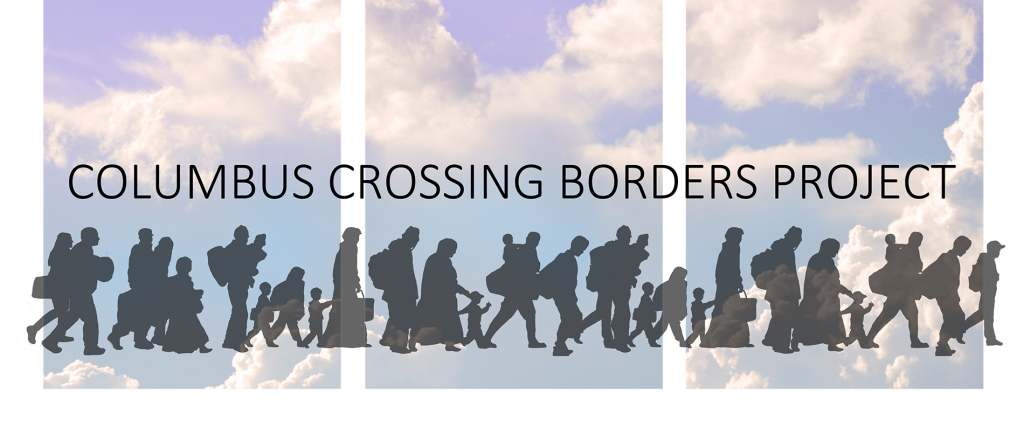 The
The 
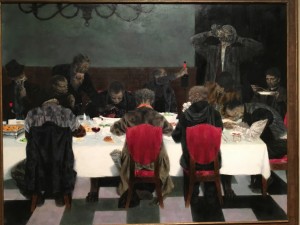

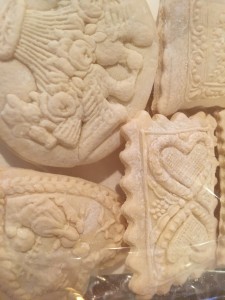
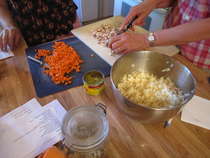
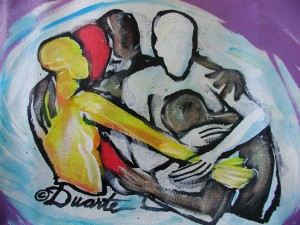
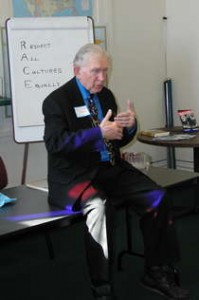

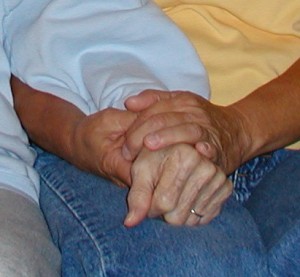
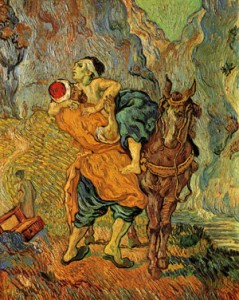

 I wore my yellow “king shirt” on Friday. No one noticed, but I wore it to remember and honor the beloved King Bhumibol Adulyadej of Thailand who died the day before at the age of 88, after 70 years on the throne. Thailand has lost their king. The world has lost a good man.
I wore my yellow “king shirt” on Friday. No one noticed, but I wore it to remember and honor the beloved King Bhumibol Adulyadej of Thailand who died the day before at the age of 88, after 70 years on the throne. Thailand has lost their king. The world has lost a good man.

 King Bhumibol was a man of many talents (a jazz musician who jammed with Benny Goodman among others, composer, designer, builder, and racer of sailboats, painter, author, and engineer) and holds patents for inventions including a water aerator and rainmaking technology. He encouraged farmers to replace crops of drug-producing poppies with more beneficial crops and oversaw thousands of rural development initiatives including small dams and irrigation projects that improved the lives of ordinary people.
King Bhumibol was a man of many talents (a jazz musician who jammed with Benny Goodman among others, composer, designer, builder, and racer of sailboats, painter, author, and engineer) and holds patents for inventions including a water aerator and rainmaking technology. He encouraged farmers to replace crops of drug-producing poppies with more beneficial crops and oversaw thousands of rural development initiatives including small dams and irrigation projects that improved the lives of ordinary people. King Bhumibol received the first UNDP Human Development Lifetime Achievement Aw ard presented by then UN Secretary-General Kofi Annan for his “…extraordinary contribution to human development” through continuous efforts to help Thailand’s poor and vulnerable people. (Other awards included the Philae Medal from UNESCO, a World Health Organization plaque for leadership and example in the area of public health, and the first Dr. Norman E Borlaug Medallion from the World Food Prize Foundation for his efforts to alleviate starvation and poverty.)
King Bhumibol received the first UNDP Human Development Lifetime Achievement Aw ard presented by then UN Secretary-General Kofi Annan for his “…extraordinary contribution to human development” through continuous efforts to help Thailand’s poor and vulnerable people. (Other awards included the Philae Medal from UNESCO, a World Health Organization plaque for leadership and example in the area of public health, and the first Dr. Norman E Borlaug Medallion from the World Food Prize Foundation for his efforts to alleviate starvation and poverty.)